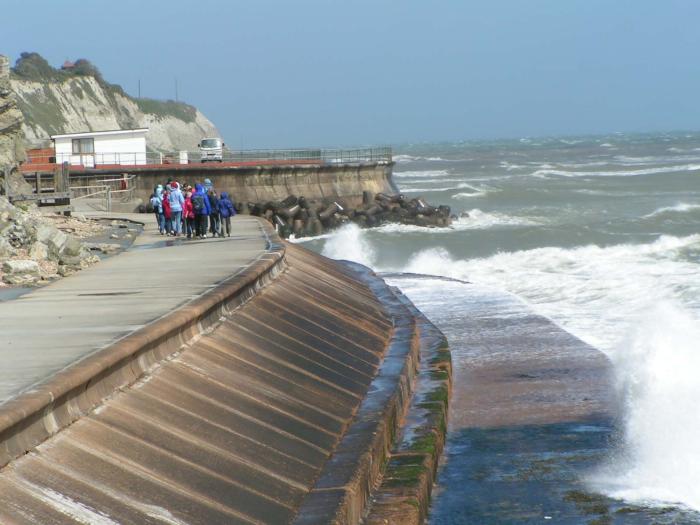Module 8: Coastal Engineering: Hard and Soft Structures
Introduction
Eroding coastlines throughout the world, particularly in large population centers where human dwellings and their way of life and infrastructure are at risk, were historically mitigated using coastal structures; which led to the development of a relatively new engineering discipline – coastal engineering. Coastal engineering is a division of civil engineering responsible for the organization, conception, development, and preservation of works along shorelines. Coastal engineers study the processes ongoing at the shoreline and construction within the coastal zone. This includes the management and mitigation of shoreline erosion; improvement of navigation channels and harbors; protection against flooding brought on by storms, tides, and even tsunamis; improvement of coastal recreation; and management of pollution in nearby marine environments.
Coastal engineering works typically consist of the installation of structures and have been conducted for hundreds of years for port development, coastal hazard protection, and reclamation of land from the sea. The needs of each country or society are fundamentally linked to the resident geologic controls, physical processes operating at a specific location, and the respective marine threats that the location is exposed to. Coastal engineering approaches to erosion or hazard mitigation have traditionally been "hard" through the installation of structures or hard approaches. In this module, we will explore these hard approaches and their advantages and disadvantages, explore erosion trends induced by these structures and how they disrupt sediment transport along coastlines, and discover alternative soft approaches to mitigation through case studies.
Visit Coastalwiki for a full description of terminology used in coastal engineering and sciences.

